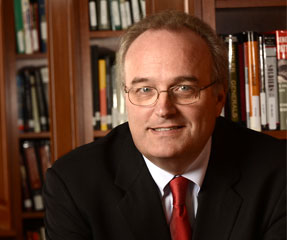 New York isn’t the first state to offer tuition-free college, but it is the first to offer free tuition for a four-year degree. The Excelsior Scholarship program was proposed by Governor Cuomo in January and approved by the legislature last week. The published details are as follows:
New York isn’t the first state to offer tuition-free college, but it is the first to offer free tuition for a four-year degree. The Excelsior Scholarship program was proposed by Governor Cuomo in January and approved by the legislature last week. The published details are as follows:
- Eligibility – Students must be New York citizens, permanent residents or refugees enrolled full-time (30 annual semester hours, excluding students with disabilities) as undergraduates at a SUNY or CUNY school. There is no age limit, but you cannot be in default on a federal or state student loan. You must also maintain the school’s minimum GPA to stay enrolled and must graduate on time.
- Income Restrictions – Families with adjusted gross income not exceeding $100,000 annually are eligible initially. This threshold increases to $110,000 in 2018 and to $125,000 in 2019. There are no adjustments for those with higher incomes. You are ineligible if your family’s AGI exceeds these limits. However, there is no limit on the number of children in a family who may utilize the program.
- Obligations post-graduation – For each year a student receives free tuition, he/she must live and work in New York. If they leave before the period is up, they must reimburse their award. Exceptions include military service post-graduation and students who attend graduate school out of state but then return to New York. Some have criticized this feature of the program, but I believe the legislature was correct to avoid subsidizing other states’ future residents.
- What doesn’t the scholarship cover? – Fees (which can average $1,500+ annually), books ($1,000+ annually), and room and board (could average $12,500 to $15,000 annually). Students who receive Pell Grants or New York Tuition Assistance Grants must apply those grants to tuition first before the new program will cover the remainder.
- How much will the program cost New York? The Governor’s office has estimated that the first year of the program will cost $163 million. SUNY and CUNY are protected from having to absorb any costs for the first four years. Neither have estimated how much their costs may increase if enrollments increase as a result.
What are my concerns about the program?
First, with an average annual tuition cost of $4,350 at CUNY, students receiving full Pell Grants will not receive much of a scholarship because of the program offsets. Pell recipients need funding for expenses beyond tuition and the Excelsior Scholarship only covers tuition. If approximately $1,000 of a full Pell Grant remains after applying the first dollars toward CUNY tuition, the remainder may cover books, but not fees or other costs. I don’t see huge enrollment gains based on this program with Pell-eligible students. The most likely beneficiaries are middle-class students ineligible for Pell but who may have had to borrow to cover in-state tuition at SUNY or CUNY.
Second, while there are no age restrictions, eligibility requires all students to complete 30 annual semester hours. That is not easy for working adults who may also have a family. There may be a few adult students who initially enroll, but I suspect that most of them will be unable to meet the annual credit requirements for more than the first year. I see no reason why the same program couldn’t be created for students who accumulate 15 annual semester hours and graduate in eight years instead of four. Theoretically, it shouldn’t cost the state any more unless their clever budget analysts already know that older students will be unable to meet the requirements.
Third, the program cost could exceed the desired state budget contribution and the state cancels it. We won’t know if this is the case for a while.
Finally, the program fails to increase the overall college enrollment of New York residents. Assuming the goal is to increase the number of state residents with at least an associates degree, I wonder if the Pell and State grant offsets will result in providing a middle-class scholarship program for students who would have attended SUNY and CUNY anyway.











